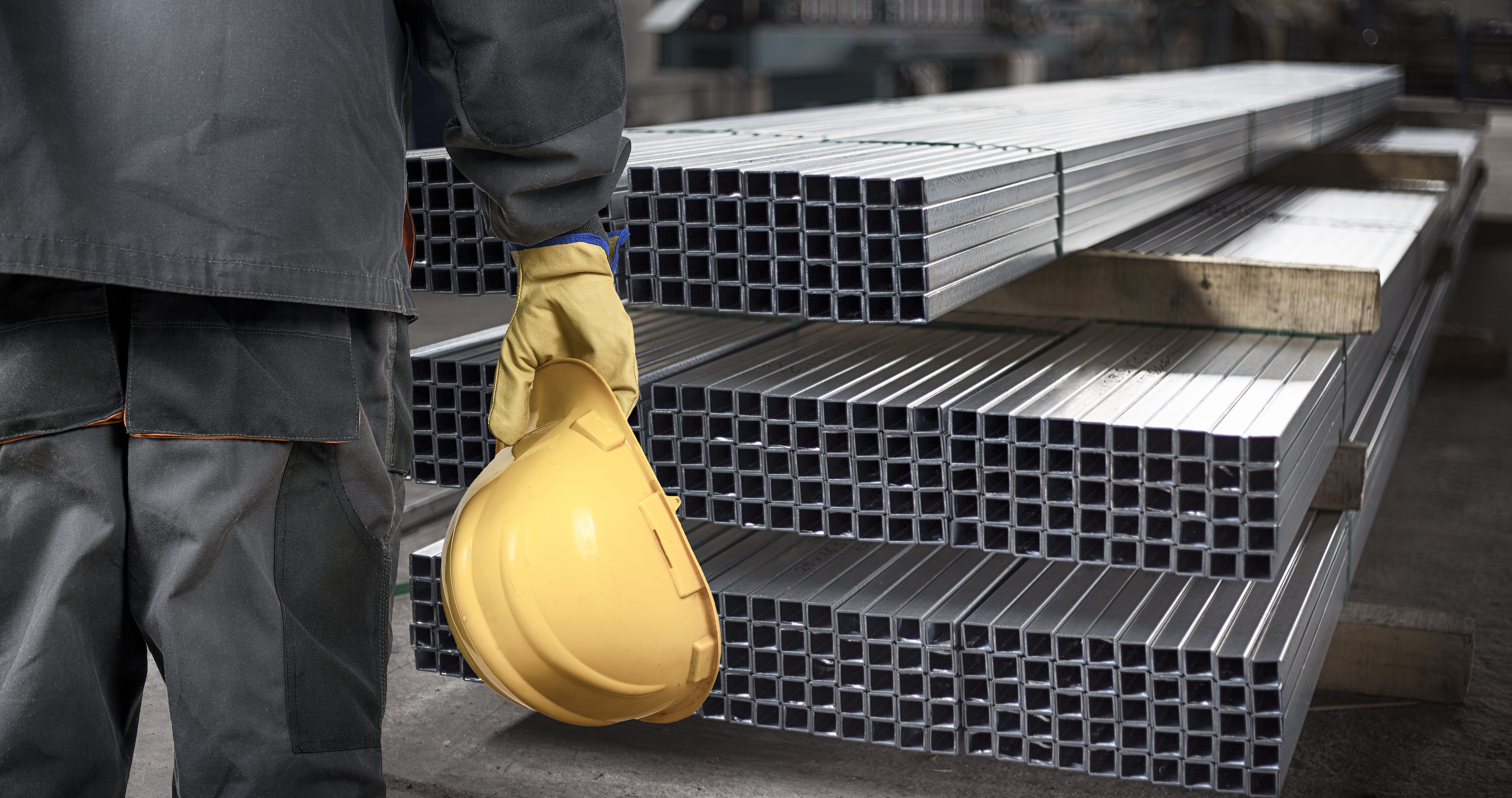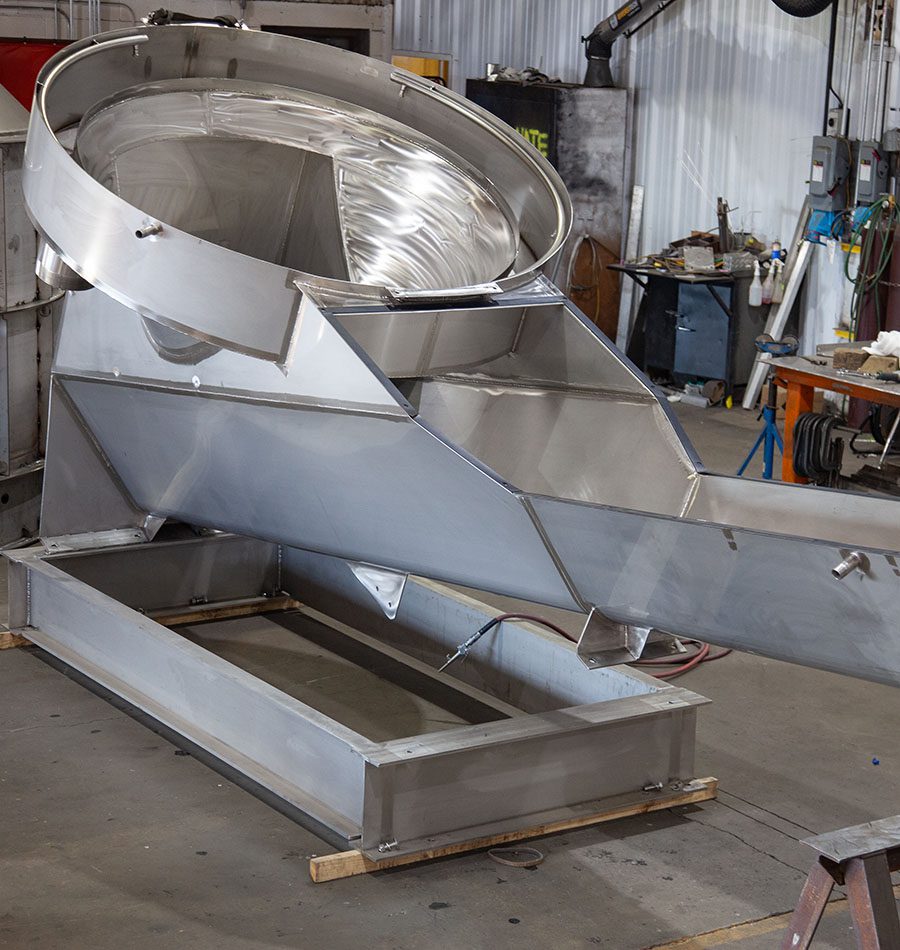Cutting-Edge Metal Fabrication Melbourne: Customized Solutions for Every Project
Wiki Article
Innovative Patterns in Steel Construction: Enhancing Longevity and Accuracy
In the world of steel manufacture, the search of resilience and precision has actually led to a wave of cutting-edge fads that are improving the industry. These trends are not just shaping the present however likewise laying the foundation for the future of steel construction, assuring more improvements in durability and precision.Advanced Welding Technologies
In the realm of steel fabrication, the adoption of advanced welding innovations has substantially reinvented the sector's technique to attaining premium top quality and accuracy in architectural welds. Advanced welding innovations, such as laser beam of light welding and friction stir welding, have become game-changers in the area. Laser light beam welding uses a concentrated laser light beam to sign up with metal components with remarkable accuracy and rate, making it suitable for slim products and elaborate designs. On the various other hand, rubbing stir welding creates incredibly solid bonds by mechanically intermixing the particles of the products at the joint, eliminating the demand for melting the metal. These modern technologies use many benefits, consisting of lowered heat-affected areas, minimal distortion, and boosted mechanical properties in the bonded joints. By leveraging these sophisticated welding techniques, steel makers can raise the sturdiness, strength, and accuracy of their structural welds, fulfilling the progressively demanding demands of modern building and construction jobs.Robot Automation in Fabrication
Accepting robot automation has ended up being a keystone of modern-day steel manufacture techniques, enhancing and improving processes effectiveness throughout the industry. Robots are transforming the method steel parts are made, offering unequaled accuracy and rate while lowering human error. These automated systems can handle repeated tasks with constant precision, causing greater top quality final product.One key benefit of robot automation in steel fabrication is the capacity to work around the clock without fatigue, considerably boosting production outcome. This constant operation reduces downtime and speeds up job timelines, eventually saving expenses for producers. Furthermore, robots can be programmed to perform intricate jobs that might be harmful or difficult for human workers, improving safety in the workplace.
Moreover, robotic automation makes it possible for seamless combination with various other digital innovations, such as computer-aided style (CAD) software and Internet of Things (IoT) systems (Alpha reo). This interconnected method boosts interaction between different stages of construction, maximizing workflows and guaranteeing real-time tracking and control. As the steel manufacture sector remains to develop, robotic automation sticks out as a transformative pressure driving performance and precision in making procedures

High-Strength Alloy Development
The development of high-strength alloy development in steel fabrication is reshaping the industry's approach to enhancing product durability and performance. High-strength alloys are crafted to show premium mechanical properties, such as raised tensile toughness, sturdiness, and deterioration resistance contrasted to conventional steel grades. By incorporating these innovative alloys right into construction processes, suppliers can produce elements that endure greater stress and anxiety levels and rough settings, causing more reliable and sturdy end items.One secret benefit of high-strength alloy growth is the capability to reduce product thickness without compromising architectural stability. This not only leads to lighter-weight components yet likewise adds to set you back savings and boosted effectiveness in construction and assembly procedures. The enhanced strength-to-weight proportion of these alloys allows for the style and construction of frameworks with greater load-bearing capabilities while decreasing general weight.
3D Modeling and Simulation Software Program
Developments in steel manufacture processes have actually been significantly driven by the integration of innovative 3D modeling and simulation software program tools. These tools permit fabricators to produce thorough virtual designs of their tasks, enabling them to imagine the end product with accuracy before any type of physical job starts. By mimicing different stress and anxiety factors, environmental problems, and architectural lots, fabricators can enhance styles for boosted durability and performance. Furthermore, 3D modeling and simulation software application simplify the manufacturing process by identifying potential issues early, lowering the need for expensive rework and lessening product waste.
Sustainable Practices in Steel Manufacturing
Incorporating lasting practices right into steel manufacturing processes is crucial for lessening ecological impact and making certain long-term source schedule. One essential lasting practice is the adoption of energy-efficient modern technologies to reduce greenhouse gas discharges throughout the steel manufacturing process. This consists of using renewable resource sources, such as solar or wind power, to power steel plants and implementing energy-efficient devices to maximize power usage.One more critical aspect of sustainable steel manufacturing is the liable sourcing of resources. This involves making sure that the iron ore and various other sources used in steelmaking are these details obtained from environmentally friendly and ethical sources. By promoting openness in the supply chain and sticking to rigorous environmental standards, steel producers can lessen the adverse influences of source removal on local communities and neighborhoods.

Conclusion
In verdict, the cutting-edge patterns in link steel fabrication such as innovative welding innovations, robotic automation, high-strength alloy advancement, 3D modeling and simulation software, and lasting methods are enhancing the durability and accuracy of steel products. These innovations are reinventing the steel fabrication sector by enhancing efficiency, sustainability, and top quality. It is clear that the future of steel construction depends on accepting these cutting-edge innovations to meet the demands of modern-day construction and manufacturing markets.In the world of steel construction, the search of toughness and precision has why not try these out led to a wave of cutting-edge trends that are improving the sector.In the realm of steel construction, the fostering of advanced welding innovations has actually considerably reinvented the industry's method to attaining superior quality and accuracy in architectural welds. As the steel manufacture industry continues to progress, robot automation stands out as a transformative force driving efficiency and precision in producing procedures.
In addition, reusing and recycling steel scrap and waste products play a substantial duty in enhancing the sustainability of steel production. steel fixing.In verdict, the cutting-edge trends in steel fabrication such as advanced welding technologies, robotic automation, high-strength alloy advancement, 3D modeling and simulation software application, and sustainable methods are improving the toughness and accuracy of steel items
Report this wiki page